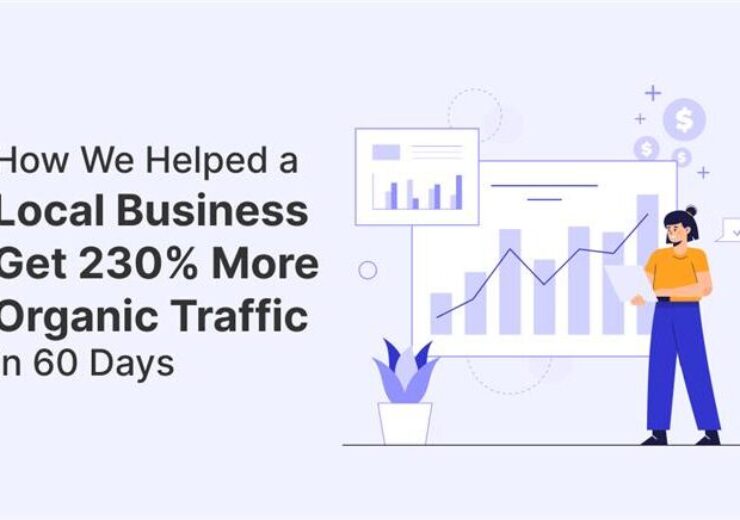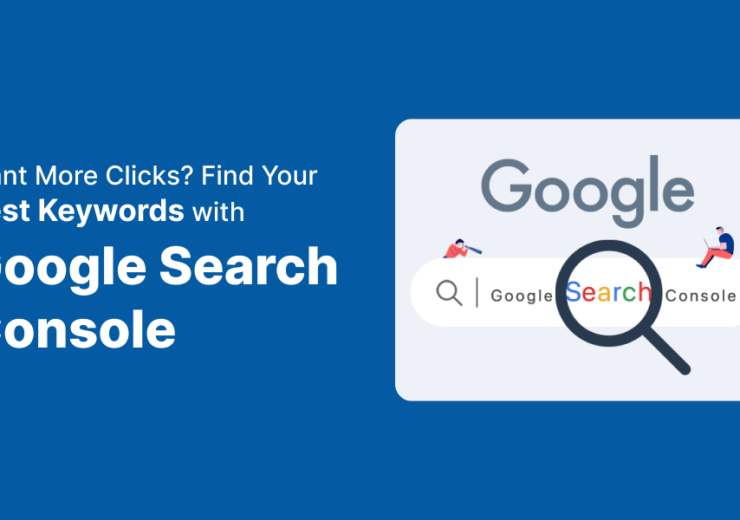Rank Without Backlinks? The Secret SEO Formula Nobody Talks About
Table of Contents
- Introduction
- Why Backlinks Have Been Overrated in SEO
- The Role of High-Quality Content in Ranking
- How User Experience Boosts SEO Without Backlinks
- Leveraging Semantic SEO for Higher Visibility
- Internal Linking, The Forgotten Ranking Powerhouse
- Optimising On-Page Elements for Authority
- How to Use Social Signals for SEO Growth
- Can You Really Rank Without Backlinks in 2025?
- Conclusion
- FAQs
1. Introduction
For years, backlinks have been considered the holy grail of SEO. Experts often repeat the mantra, “No backlinks, no rankings.” But in 2025, the SEO landscape has evolved. Google now prioritises quality, intent, and user satisfaction over raw link numbers. This means yes, you can rank without backlinks if you know the right strategy.
In this blog, we will break down the secret SEO formula that many professionals overlook and explain how your website can climb the rankings using content, on-page SEO, semantic search, and user signals. If you are serious about SEO growth, check out how we apply these strategies at Kantha Digital to drive measurable results.
2. Why Backlinks Have Been Overrated in SEO
Backlinks still have importance, but relying solely on them is a risky strategy. Google’s algorithm updates have reduced the weight of low-quality links, penalising websites that overuse them. Instead, search engines now focus on relevance, expertise, and user satisfaction.
For businesses with limited budgets, backlink building can be time-consuming and expensive. That is why mastering on-page SEO, semantic keywords, and strong internal linking is becoming a smarter alternative.
3. The Role of High-Quality Content in Ranking
Content is not just about stuffing keywords; it’s about matching search intent. When your article solves a user’s query better than your competitors, Google rewards you even without a large backlink profile.
Some actionable tips:
- Create long-form blogs that answer multiple related questions.
- Use LSI keywords and semantic variations to cover the topic deeply.
- Update old posts with fresh data and new insights.
At Kantha Digital, we help businesses craft content that ranks and converts, making SEO work even without backlink-heavy campaigns.
4. How User Experience Boosts SEO Without Backlinks
User experience (UX) has quietly become one of the strongest ranking signals. Google tracks bounce rate, dwell time, and mobile responsiveness to decide whether a page deserves higher visibility.
Key factors to optimise:
- Fast loading speed
- Mobile-friendly design
- Easy navigation
- Clear CTAs (calls to action)
If visitors leave your page too quickly, backlinks won’t save you. Instead, UX-centred design ensures people stay longer and engage more.
5. Leveraging Semantic SEO for Higher Visibility
Semantic SEO is the art of optimising content around topics instead of just keywords. With Google’s AI-driven search, the algorithm now understands context.
How to apply semantic SEO:
- Use structured headings with natural keyword placement.
- Answer related search queries in your blog.
- Optimise for voice search with conversational phrases.
This method allows you to rank for multiple queries, increasing organic visibility without depending heavily on backlinks.
6. Internal Linking, The Forgotten Ranking Powerhouse
Many websites ignore the power of internal linking, but it is one of the easiest ways to boost authority. By linking related pages and blogs within your site, you create a strong content network that Google crawls more efficiently.
For example, when writing about SEO or ads, you can link to relevant services on Kantha Digital to keep readers engaged while signalling to Google that your site has structured authority.
7. Optimising On-Page Elements for Authority
Even without backlinks, on-page SEO can take you far. Correct optimisation tells Google exactly what your page is about.
Checklist for on-page authority:
- Optimised title tags and meta descriptions
- Proper H1 to H6 structure
- Image alt text with keywords
- Schema markup for rich snippets
These details might look small, but they collectively help you rank higher.
8. How to Use Social Signals for SEO Growth
While social media shares are not direct ranking factors, they influence visibility and traffic. When people engage with your content on Instagram, LinkedIn, or Facebook, Google recognizes it as relevant and valuable.
Boost SEO with social:
- Share every blog across multiple platforms.
- Encourage comments and discussions.
- Use hashtags strategically for wider reach.
This creates referral traffic, which indirectly strengthens SEO performance.
9. Can You Really Rank Without Backlinks in 2025?
The short answer is yes. Many niche websites are ranking in Google’s top 10 with zero backlinks but excellent content, UX, and semantic optimisation.
Backlinks still matter, but they are no longer the single deciding factor. With a smart SEO strategy like the one we use at Kantha Digital, you can generate organic traffic, build brand trust, and achieve effective rankings without an expensive link-building campaign.
10. Conclusion
Backlinks may once have been the backbone of SEO, but today, quality, intent, and user experience define rankings. By creating valuable content, leveraging semantic SEO, optimising on-page elements, and building strong internal links, your website can achieve impressive visibility without chasing links.
At Kantha Digital, we specialise in helping businesses grow with ethical, result-driven SEO strategies. If you are ready to rank smarter and faster, let us help you uncover the SEO formula nobody talks about.
11. FAQs
Q1. Can a new website rank without backlinks?
A1. Yes, a new website can rank with strong content, optimised on-page SEO, and internal linking before backlinks come into play.
Q2. Do backlinks still matter for SEO in 2025?
A2. Yes, but they are no longer the most important factor. Google prioritises user satisfaction and high-quality content above all else.
Q3. What is the fastest way to rank without backlinks?
A3. Focus on long-tail keywords, semantic SEO, and technical optimisation for faster results.
Q4. How important is internal linking compared to backlinks?
A4. Internal linking is a powerful but underrated strategy that distributes authority across your website.
Q5. Can social media signals help with SEO?
A5. Indirectly, yes. Social engagement brings traffic, which signals relevance to Google.


